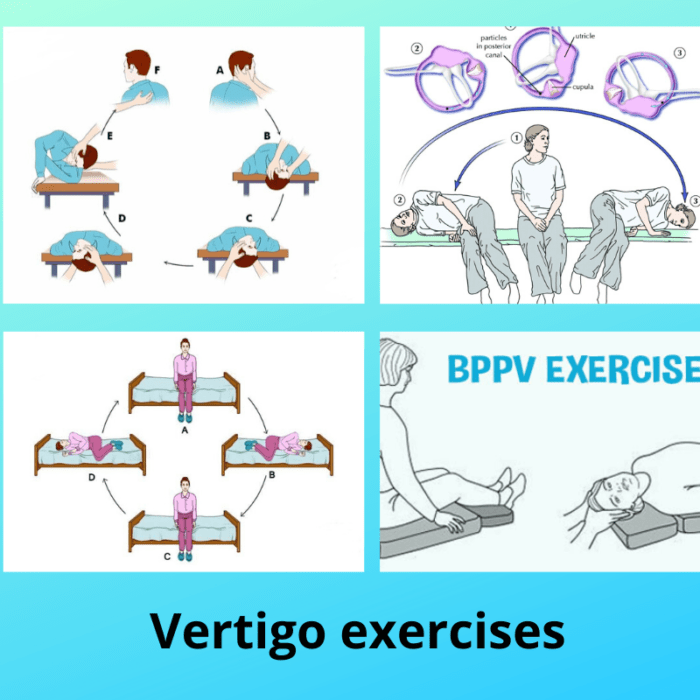The Secret Of Info About How To Treat Benign Positional Vertigo

It is due to otolith rests that are free into the canals or attached to the cupulas.
How to treat benign positional vertigo. Benign positional vertigo (bpv) is the most common cause of vertigo, the sensation of spinning or swaying. Videos show the patterns of nystagmus that are diagnostic of the two most common types of bppv and demonstrate the movements of the body that should be perfo. Benign paroxysmal positional vertigo (bppv) is a disorder arising from a problem in the inner ear.
You can do this exercise at home. Benign paroxysmal positional vertigo (bppv) is a common disorder causing short episodes of vertigo (a false sensation of moving or spinning) in response to changes in head position that stimulate the posterior semicircular canal of the inner ear. Symptoms are repeated, brief periods of vertigo with movement, characterized by a spinning sensation upon changes in the position of the head.
The epley maneuver and the semont maneuver are two very simple and effective repositioning procedures for the treatment of bppv that is caused by crystals in the posterior semicircular canal. Bppv is the most common vestibular disorder. Learn about causes, symptoms, risk factors, and treatments such as the epley maneuver.
The goal of these exercises is to move the calcium carbonate particles out of your semicircular canals and back into your utricle. Benign paroxysmal positional vertigo (bppv) happens when tiny crystals in the inner ear become dislodged and bang around inside the canals. Benign paroxysmal positional vertigo may go away on its own within a few weeks or months.
Discover what benign paroxysmal positional vertigo (bppv) is all about and how it can be treated. dizzy & vertigo institute on instagram: Treatment involves canalith repositioning maneuvers. Screening for benign paroxysmal positional vertigo in all people who fall whether dizzy or not, is required to comprehensively identify and treat benign paroxysmal positional vertigo.
You get sudden episodes where you feel like you're spinning and feel sick to your. Benign paroxysmal positional vertigo, the most common cause of vertigo, can be diagnosed and treated with a simple maneuver that can quickly be performed in the primary care physician’s office. Bppv is the most common cause of vertigo, especially in people over 65 years old.
1,2 the most frequent three reasons for vertigo are acute peripheral vestibulopathy (vestibular neuritis, labyrinthitis), meniere’s disease, and benign. Introduction benign positional vertigo (bpv) is a common and treatable peripheral vestibular disorder in which one or more of the semicircular canals are abnormally stimulated by otoconia displaced from the otolith organs. Since the patient was not effectively treated with multiple repositioning maneuvers for bppv, it was considered that the patient might have central positional vertigo/nystagmus, and he received imaging examination to rule out a central lesion.
Vertigo is an action illness occurring as a result of sudden movement due to the incoordination of the inputs from these systems in which either the person or their surrounding revolves. About benign paroxysmal positional vertigo (bppv) benign paroxysmal positional vertigo (bppv) is a common disorder of the inner ear with symptoms including dizziness, vertigo, unsteadiness and nausea. This type of dizziness comes on suddenly when you move in certain ways.
Diagnosing and treating it are simple to do in the medical office. You can receive effective treatment for bppv during a doctor's office visit. In benign paroxysmal positional vertigo, short (< 60 seconds) episodes of vertigo occur with certain head positions.
It isn't serious and goes away on its own, but it may be uncomfortable. Bppv is generally an easily treated disorder. This can occur with turning in bed or changing position.


















